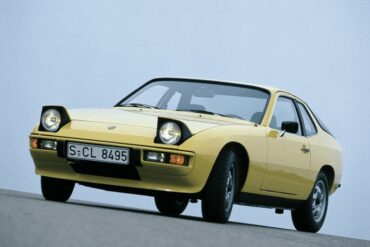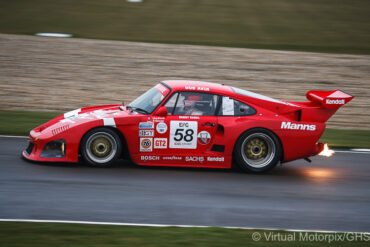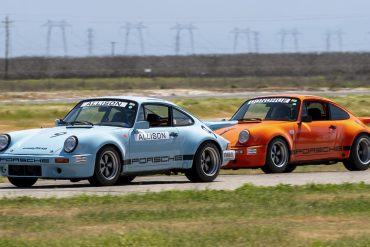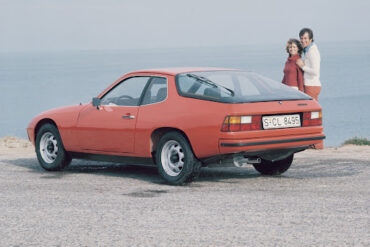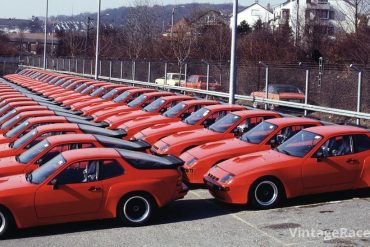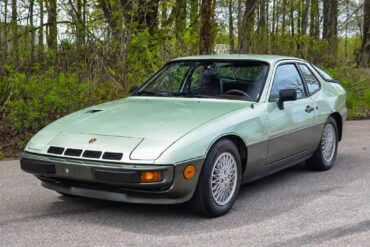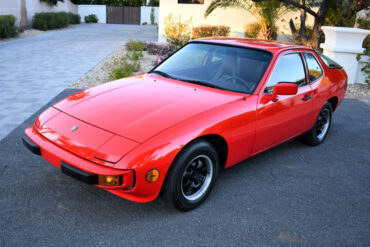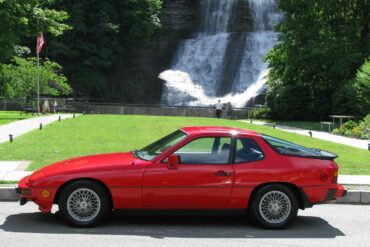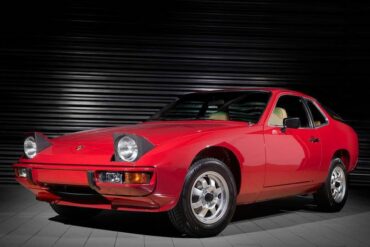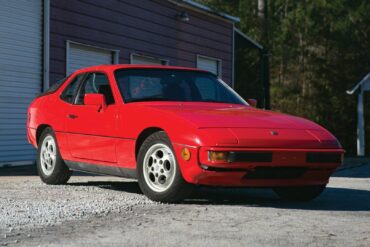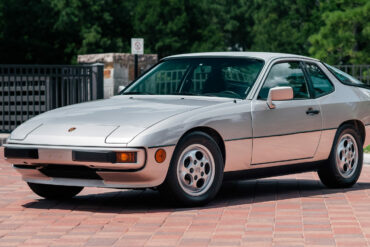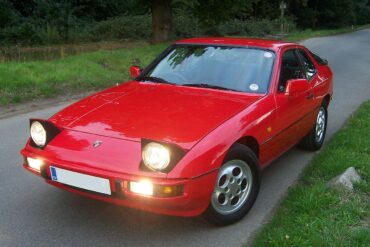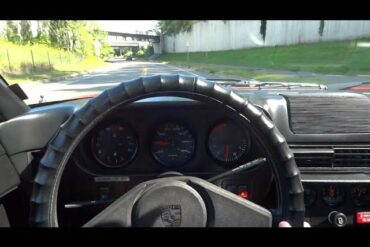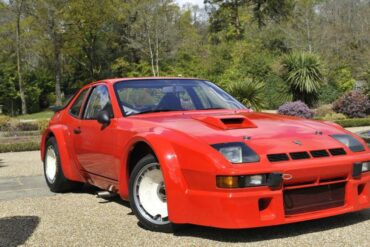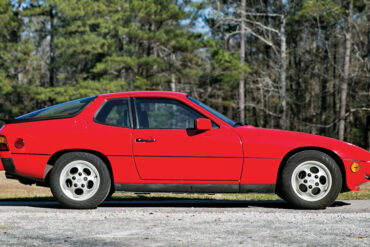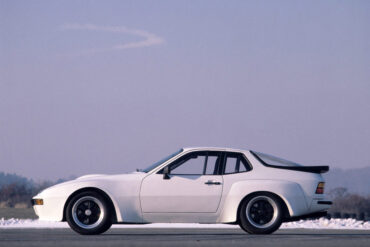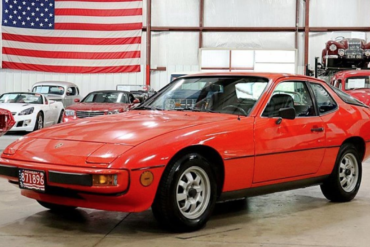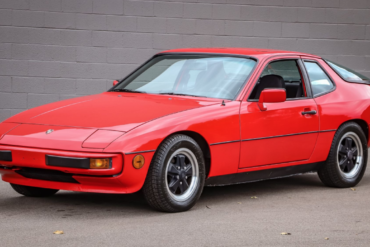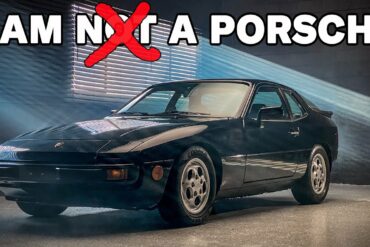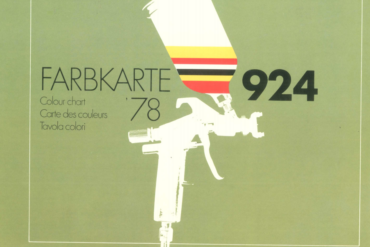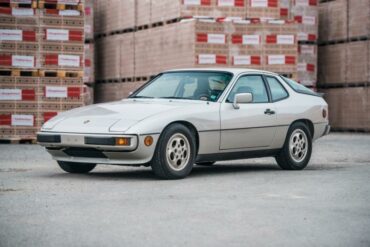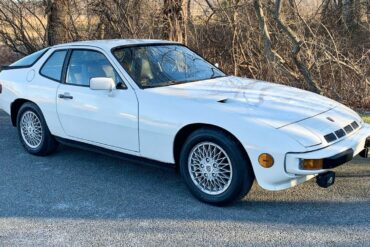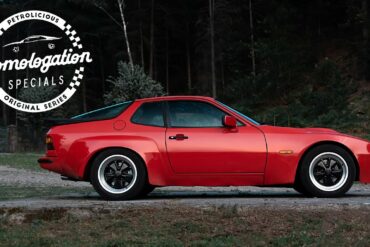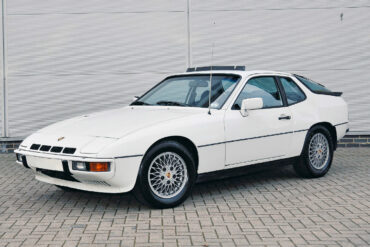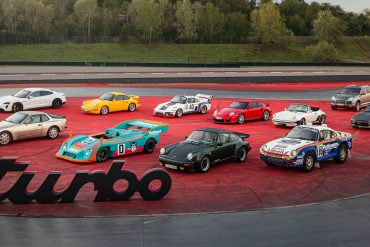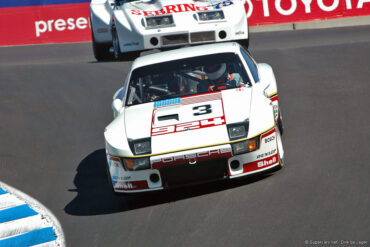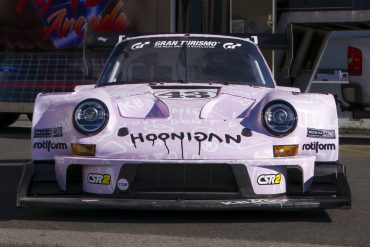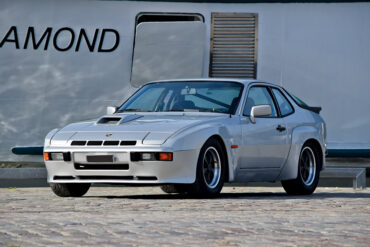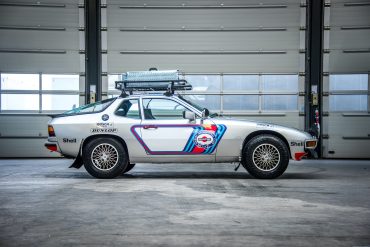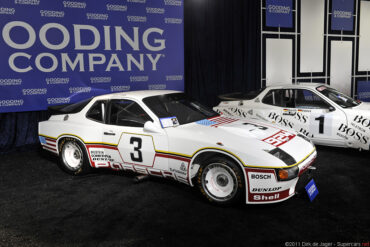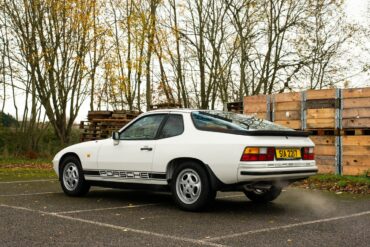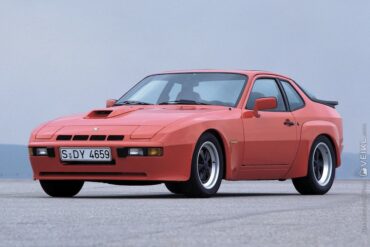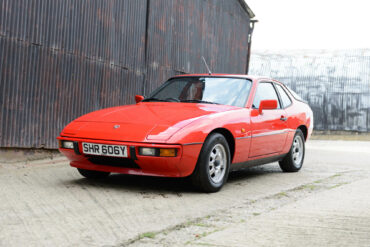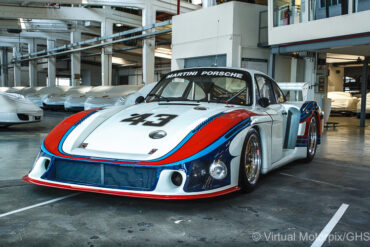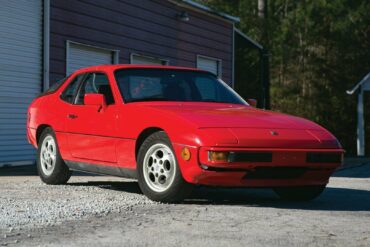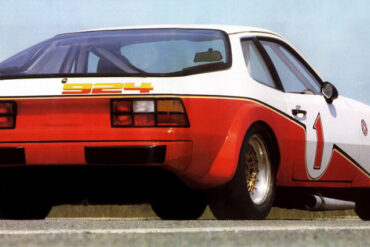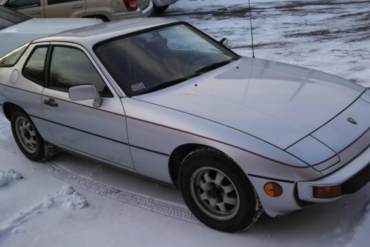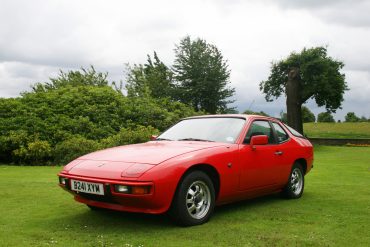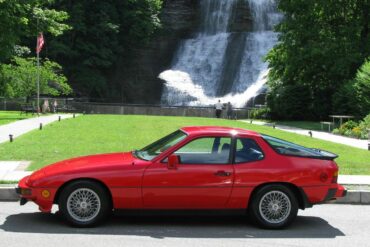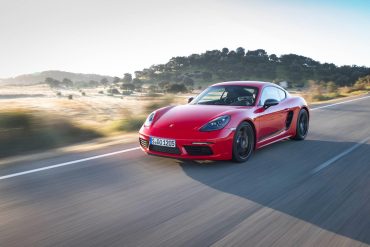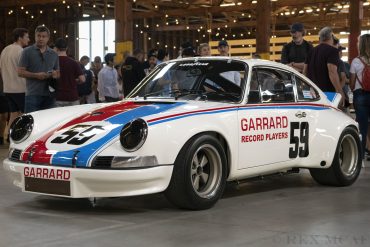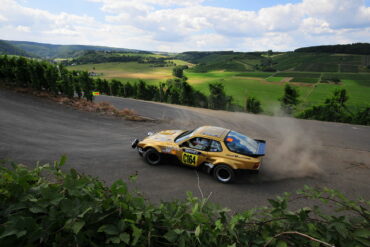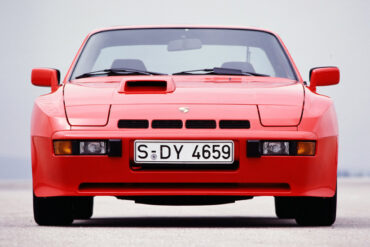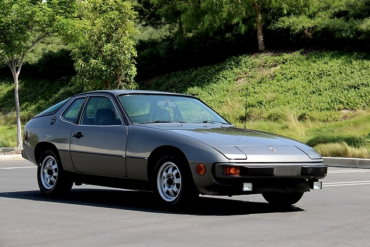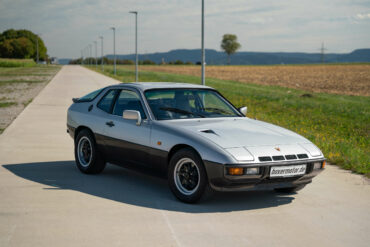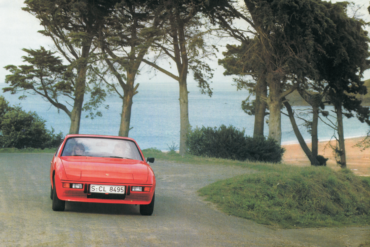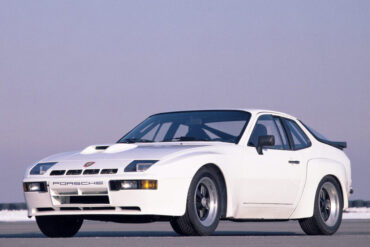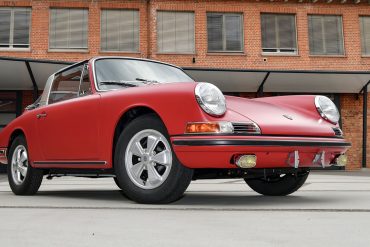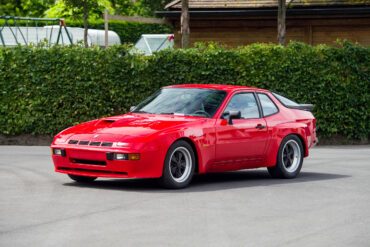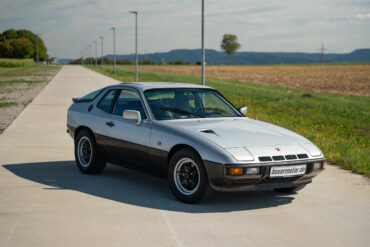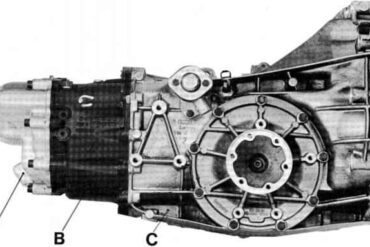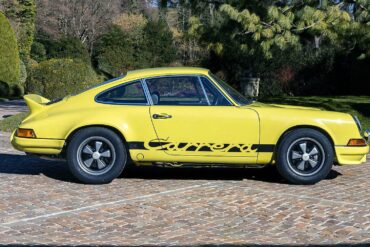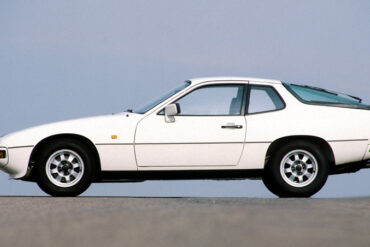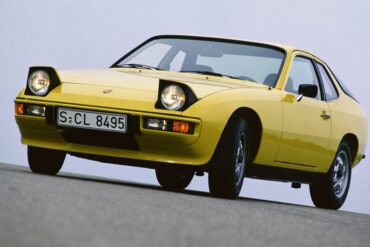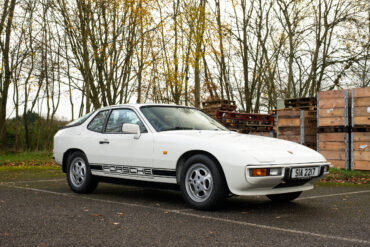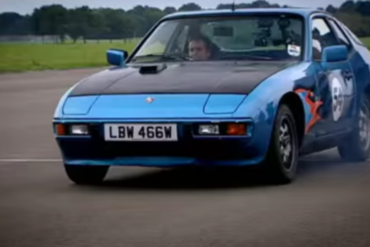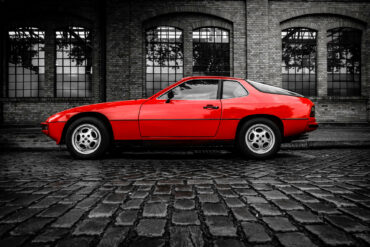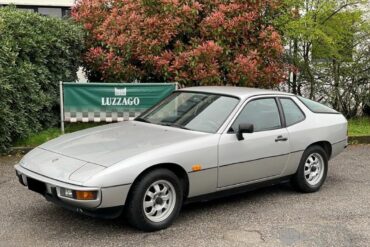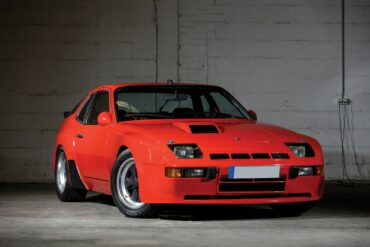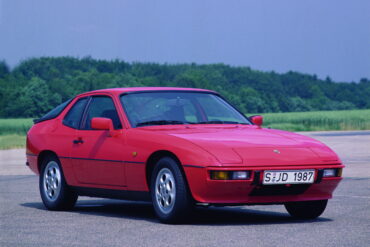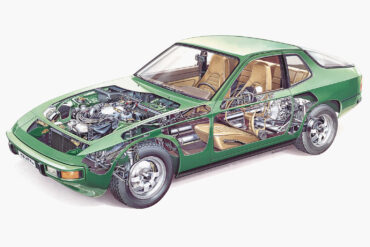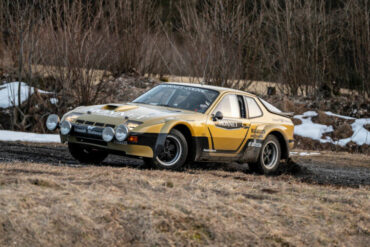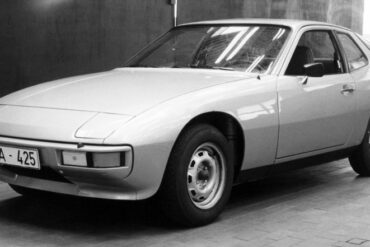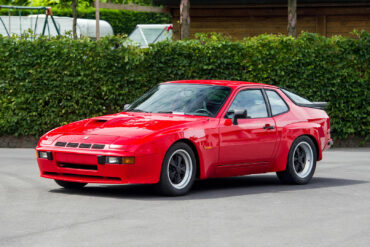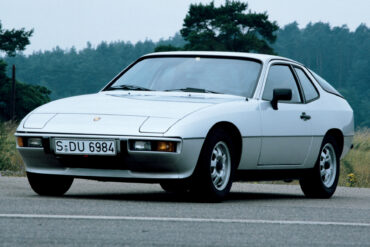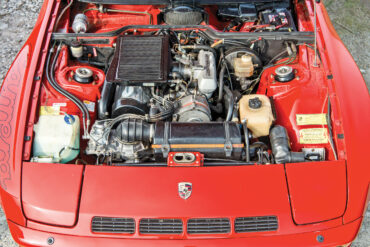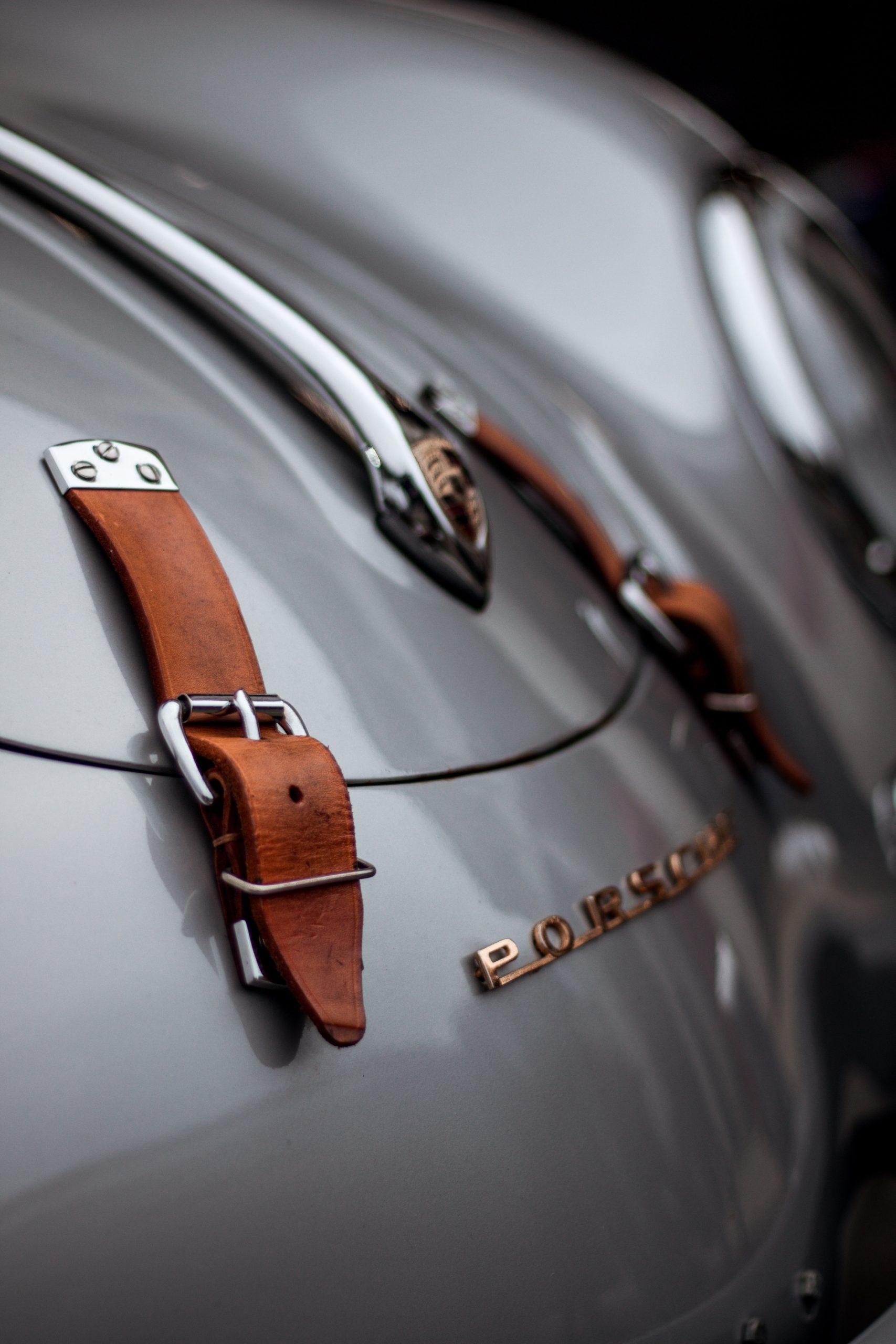1976 Porsche 924 Technical Specifications TYPE Inline 4 INDUCTION Normally Aspirated COOLING Water-cooled VALVETRAIN Single overhead camshaft INJECTION Port injection...
Porsche 924
The 924 originated as a contract design by Porsche for Volkswagen, based mainly on readily available parts from the VW parts bin. VW chose to cancel plans late in the project for financial reasons. Porsche then bought the rights to the design and produced the car, having VW assemble the cars at its Audi plant in Neckarsulm. Initial configuration was a 2.0L inline-4 SOHC engine with solid front disc and rear drum brakes. Porsche then proceeded through a series of upgrades to improve the performance of the car to meet the public’s expectations of Porsche performance. Upgrades involved better brakes, optional sport suspension, 5-speed transmissions, and more power for the engine. Comfort and convenience upgrades included the addition of AC, power windows, power mirrors and better stereo. Other steps were taken by Porsche to try to improve the car’s appeal in the market, starting with special editions such as the Martini Edition in 1977, the Limited Edition in 1978 and the Sebring edition in 1979. See all our Porsche 924 Research.
Goodwood 76th Members’ Meeting, 17/18 March 2018: #58 Porsche 935 K3 (1980) driven by Urs Beck in the Group 5...
The 15th Targa California rally recently concluded with most drivers logging 1,000+ miles over the roads “less traveled” of California’s...
Porsche 924 Model & Codes The four-cylinder, water-cooled Porsche had been through twenty-plus years of development. The following table summarizes...
We have partnered with Sports Car Digest to bring amazing Porsche content from the SCD archives to Stuttcars. This piece...
1980 Porsche 924 Turbo Technical Specifications TYPE Inline 4 INDUCTION Turbocharged COOLING Water-cooled VALVETRAIN Single overhead camshaft INJECTION Port injection...
1979 Porsche 924 Technical Specifications TYPE Inline 4 INDUCTION Normally Aspirated COOLING Water-cooled VALVETRAIN Single overhead camshaft INJECTION Port injection...
The invention of the Targa body style and the introduction of the turbocharger for production cars are two key moments...
Porsche Option Codes – Porsche 924 (1982 Model Year) Looking to decode your 1982 Porsche 924 option codes? Want to...
Porsche Option Codes – Porsche 924 (1979 Model Year) Looking to decode your 1979 Porsche 924 option codes? Want to...
Porsche Option Codes – Porsche 924 (1988 Model Year) Looking to decode your 1988 Porsche 924 option codes? Want to...
Porsche 924 Spare Parts Catalogs (1986 – 1988 Model Year) These official Porsche PET Diagrams and codes for the Porsche...
The decision was made to equip the narrower bodied 924 with a slightly detuned version of the 944's 163 bhp 2.5 litre straight four, upgrading the suspension and adding 5 lug wheels and 944 style brakes, but retaining the 924's early interior. The result was 1986's 150 bhp 924S. Porsche also decided to re-introduce the 924 to the American market with an initial price tag of under $20,000. In 1988, the 924S' final year of production, power increased to 160 hp matching that of the previous year's Le Mans spec cars.
1979 Porsche 924 – Acceleration, Driving, and Tour The charming original 2 litre 924 shows us that you don’t need...
The Carrera GTR was the ultimate 924 Street/Race Car in 1981. The GTR had larger flares, larger wheels and tires, improved brakes and a whopping 375 horsepower from the 2.0L turbocharged dry-sump engine. At $75,000, the GTR would have cost over $200,000 in today’s money, but what you got was a 180 mph screamer for the street, but in full race trim.
1987 Porsche 924S Technical Specifications TYPE Inline 4 INDUCTION Normally Aspirated COOLING Water-cooled VALVETRAIN Single overhead camshaft INJECTION Port injection...
1981 Porsche 924 Carrera GTS Technical Specifications body stylist Harm Lagaay, Norbert Singer production 59 engine Inline-4 aspiration KKK Turbocharger...
Magnus Walker’s Porsche 924 Carrera GT: The Unloved Outlaw Magnus Walker is more than just a well-known figure in the...
Porsche Option Codes – Porsche 924 (1978 Model Year) Looking to decode your 1978 Porsche 924 option codes? Want to...
Porsche Option Codes – Porsche 924 (1987 Model Year) Looking to decode your 1987 Porsche 924 option codes? Want to...
The Story of the Porsche 924 The Porsche 924, 944, and 968 were never meant to be Porsches. This lineup...
Porsche 924 Paint Color Options & Samples This post outlines all the color options for the Porsche 924 over its...
Porsche Option Codes – Porsche 924 (1977 Model Year) Looking to decode your 1977 Porsche 924 option codes? Want to...
1981 Porsche 924 Turbo Technical Specifications TYPE Inline 4 INDUCTION Turbocharged COOLING Water-cooled VALVETRAIN Single overhead camshaft INJECTION Port injection...
1980 Porsche 924 Carrera GT: From Entry-Level To Homologation Special This week we’re returning to join host Sam Hancock for...
Porsche Option Codes – Porsche 924 (1986 Model Year) Looking to decode your 1986 Porsche 924 option codes? Want to...
A visit to Porsche at the Retro Classics in Stuttgart is always a journey through time. This year, the sports...
GTP cars were produced in 1980, three of which were special LeMans race cars. The cars had the 2.0L turbocharged 924 engine with a huge front-mounted intercooler and increased boost to increase output to 320 HP and 285 lbs/ft of torque. The engine used Bosch mechanical fuel injection and with a weight of 2050 pounds had a top speed of 180 mph. It was third in the GTP class, with an 6th place finish overall, and another finished fifth in class and 12th overall.
If you think post-war sports cars or muscle cars from the late 1960s are the staple of the collector car...
Porsche Option Codes – Porsche 924 (1981 Model Year) Looking to decode your 1981 Porsche 924 option codes? Want to...
Collecting Cars is currently offering a modified 1978 Porsche 924 which was rebuilt to Safari specification with the modifications completed...
1980 Porsche 924 Carrera GTP Technical Specifications built at Germany body stylist Harm Lagaay, Norbert Singer production 3 engine Inline-4...
Porsche 924 Spare Parts Catalogs (1980 – 1985 Model Year) These official Porsche PET Diagrams and codes for the Porsche...
In 1979, Porsche unveiled a concept version of the 924 at the Frankfurt Auto show wearing Carrera badges. One year later, in 1980, Porsche released the 924 Carrera GT, making clear their intention to enter the 924 in competition. By adding an intercooler and increasing compression to 8.5:1, as well as various other little changes, Porsche was able to develop the 924 Turbo into the race car they had wanted, dubbing it the "924 Carrera GT". 406 examples (including prototypes) of the Carrera GT were built to qualify it for Group 4 racing requirements.
Porsche Option Codes – Porsche 924 (1983 Model Year) Looking to decode your 1983 Porsche 924 option codes? Want to...
1988 Porsche 924S Technical Specifications TYPE Inline 4 INDUCTION Naturally Aspirated COOLING Water-cooled VALVETRAIN Single overhead camshaft INJECTION Port injection...
These cars were designed by the factory to race in SCCA D Production Championship starting in 1979. The Porsche project number of these race cars was 933. Only 16 were built by the factory. However, if you had the right connections, you "could" buy the parts as a kit from Porsche to convert your street car into a fully race-ready 924.
1982 Porsche 924 Technical Specifications TYPE Inline 4 INDUCTION Normally Aspirated COOLING Water-cooled VALVETRAIN Single overhead camshaft INJECTION Port injection...
Porsche Option Codes – Porsche 924 (1985 Model Year) Looking to decode your 1985 Porsche 924 option codes? Want to...
1982 Porsche 924 Turbo Technical Specifications TYPE Inline 4 INDUCTION Turbocharged COOLING Water-cooled VALVETRAIN Single overhead camshaft INJECTION Port injection...
On a different budget? Check out our other Buyer’s Guides: Budget Based Porsche Buyer’s Guide: Up to $25,000 Budget Based...
Featuring a curated selection of over 1,000 Porsches, Air|Water, held on April 27th, 2024, created an impressive showcase for air...
From the creators of Luftgekühlt comes the largest single-brand automotive experience to hit Southern California. It embarks on a fresh...
1978 Porsche 924 Rallye Turbo Technical Specifications engine Turbocharged Inline-4 displacement 1984 cc / 121.1 in³ bore 86.5 mm /...
Porsche 924 Classic Car Video Review A classic motoring film focusing on the baby Porsche – the black sheep of...
Porsche 924 Production & Sales Units By going through VIN numbers we were able to figure out the production numbers...
1978 Porsche 924 Technical Specifications TYPE Inline 4 INDUCTION Normally Aspirated COOLING Water-cooled VALVETRAIN Single overhead camshaft INJECTION Port injection...
Since January 31, 2009, the Porsche Museum has been showcasing the history and charm of the brand in an engaging...
Porsche upgraded the performance of its 924 with the introduction of a turbocharged model in 1979. While the lower end of the engine remained unchanged, many improvements were made to the upper end of the engine as well as the drivetrain. On the outside, the car gained alloy wheels, a distinctive NACA duct in its hood, and a rear spoiler. Horsepower increased from the naturally aspirated 125 bhp to 170 bhp in the turbo.
Porsche 924 Sales Brochure The 924 was produced between 1977-1988 and was Porsche’s first front-engined production car. The original 924...
After the end of production of the 400 Porsche 924 Carrera GT road sports cars at the beginning of December 1980, a small evolution series of pure competitive cars was launched: the Porsche 924 Carrera GTS. The two-liter engine of the Porsche 924 Carrera GTS turbo-charged with a maximum of 1.0 bar and classified in Group 4 according to the FIA Regulations developed 245 hp (180 kW) at a speed of 6,250 revs./min. and accelerated from 0 to 100 km/h in 6.2 seconds.
They might have access to original bodywork methods, tools, parts and the company archive. But the most valuable thing is...
In 1979, Porsche unveiled a concept version of the 924 at the Frankfurt Auto show wearing Carrera badges. One year...
1979 Porsche 924 Turbo Technical Specifications TYPE Inline 4 INDUCTION Turbocharged COOLING Water-cooled VALVETRAIN Single overhead camshaft INJECTION Port injection...
Foreword For the would-be Porsche owner, the cost of entry can at first glance seem pretty discouraging: a fully specified...
Porsche 924 History & Story The Porsche 924 emerged as the result of a Volkswagen engineering order which did not...
The base model Porsche 924 was produced for model years 1976 to 1986. During its production run, VW decided to stop manufacturing the engine blocks used in this version (the 2.0 L 924), forcing Porsche to continue production for model year 1987 with a more powerful engine, calling it the 924S. The base model 924 had a production run of 121,000 vehicles approximately.
Porsche Option Codes – Porsche 924 (1984 Model Year) Looking to decode your 1984 Porsche 924 option codes? Want to...
Top Gear’s £1500 Porsche Challenge The Top Gear boys are all given £1500 to buy a second hand Porsche. As...
1981 Porsche 924 Technical Specifications TYPE Inline 4 INDUCTION Normally Aspirated COOLING Water-cooled VALVETRAIN Single overhead camshaft INJECTION Port injection...
1980 Porsche 924 Technical Specifications TYPE Inline 4 INDUCTION Normally Aspirated COOLING Water-cooled VALVETRAIN Single overhead camshaft INJECTION Port injection...
1980 Porsche 924 Carrera GT Technical Specifications type Series Production Car production 406 engine Inline 4 position Front Longitudinal aspiration...
Porsche Option Codes – Porsche 924 (1976 Model Year) Looking to decode your 1976 Porsche 924 option codes? Want to...
Porsche 924 Mechanical Cutout Drawings ...
As a top-secret project, the Porsche Museum workshop and the Porsche Heritage department worked on a special front-engined sports car from 1981. 40 years ago, starting on May 15, this car competed in the Deutsche Rallye-Meisterschaft (German Rally Championship). Behind the wheel was non other than Walter Röhrl, with Christian Geistdörfer next to him.
1977.5 Porsche 924 Technical Specifications TYPE Inline 4 INDUCTION Normally Aspirated COOLING Water-cooled VALVETRAIN Single overhead camshaft INJECTION Port injection...
Porsche Option Codes – Porsche 924 (1980 Model Year) Looking to decode your 1980 Porsche 924 option codes? Want to...
Porsche 924 Spare Parts Catalogs (1976 – 1979 Model Year) These official Porsche PET Diagrams and codes for the Porsche...
After producing 400 Porsche 924 Carrera GT road sports cars, Porsche introduced the 924 Carrera GTS, a limited series of...


